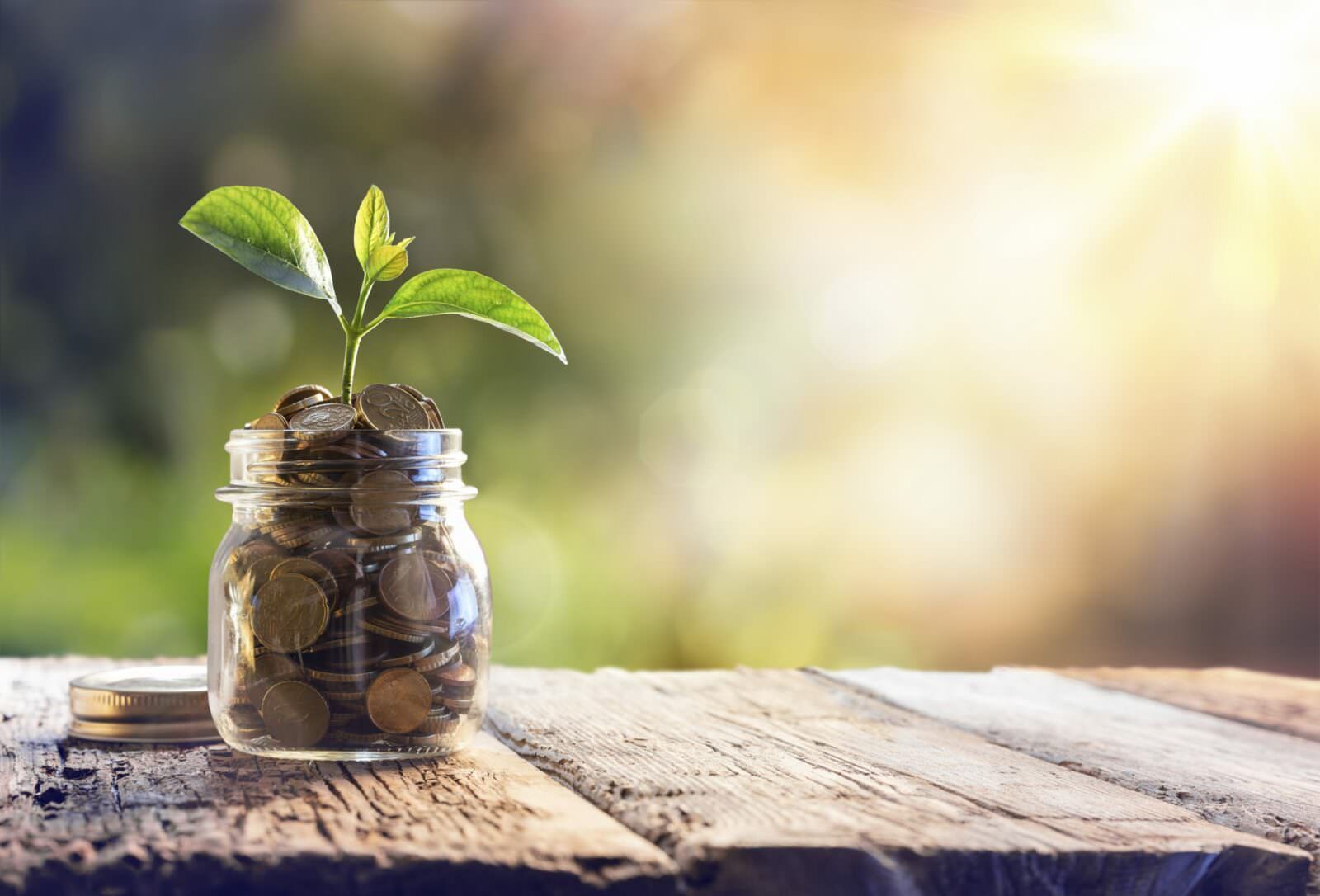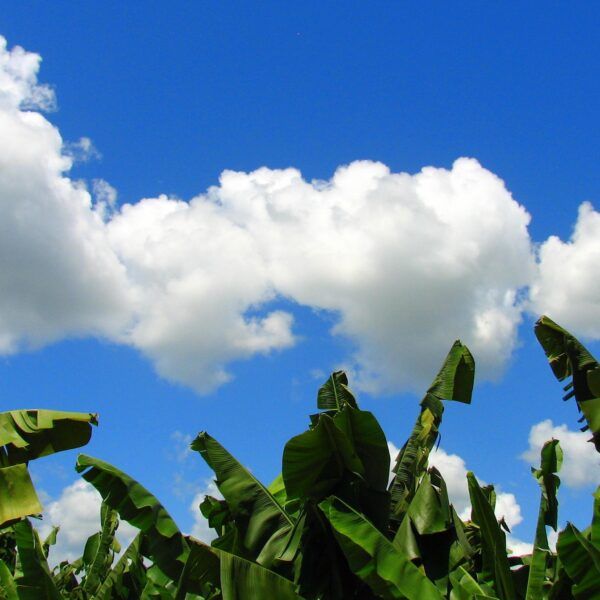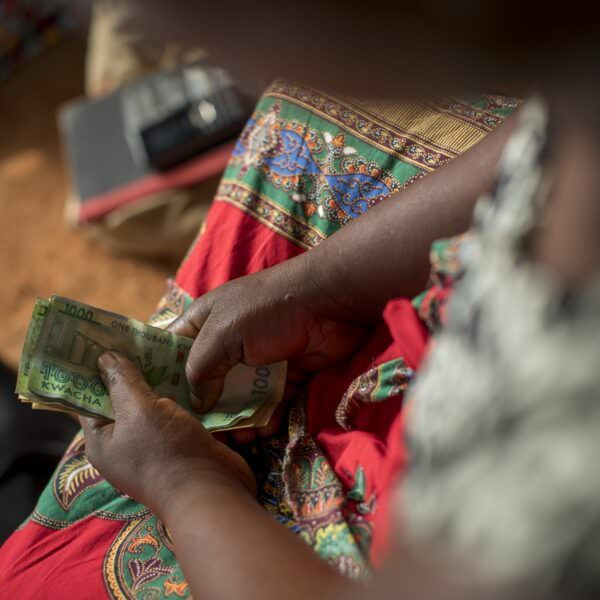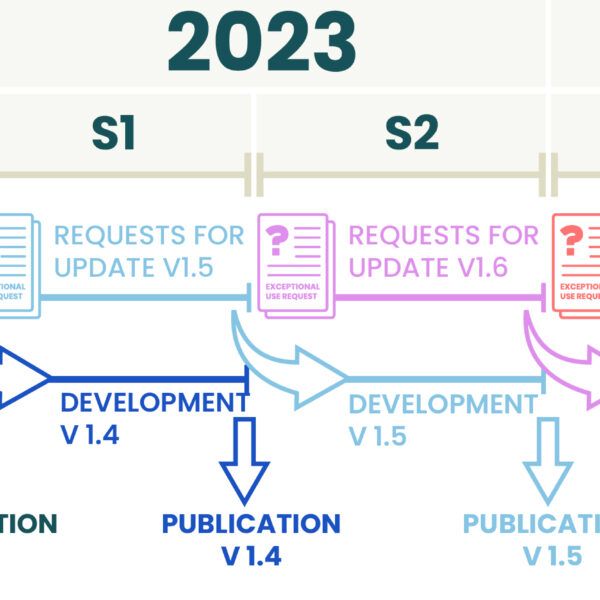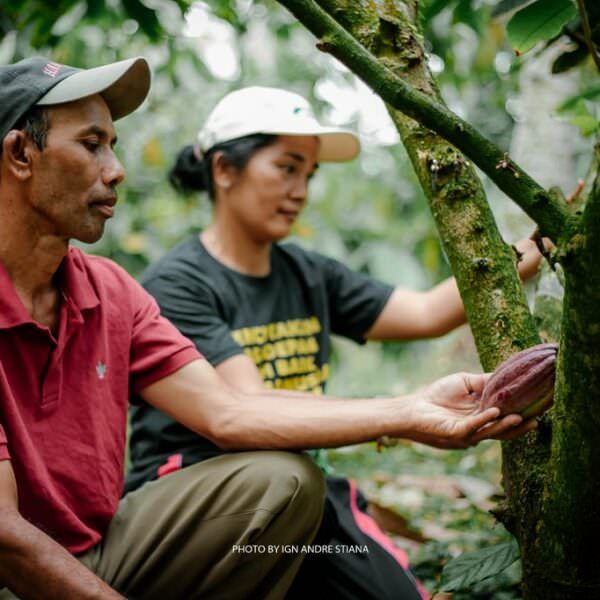At the Rainforest Alliance, we recognize that we all have a role to play in creating a better future for people and nature. To make sectors truly sustainable, we believe that both the value and the risks must be shared across the supply chain. Our shared responsibility approach aims to distribute benefits and costs of certification more evenly between farmers and companies.
The inclusion of shared responsibility in our 2020 Sustainable Agriculture Standard, is crucial to addressing inequity in global supply chains. Often, only a small part of the value of certification reaches the farmer, though they bear most of the risks, burden of compliance, and impacts of climate change. All this while having little to no power in negotiating prices, terms of trade, and the additional resources required for sustainable production. We want to ensure that Rainforest Alliance Certified farmers participate in a more balanced system.
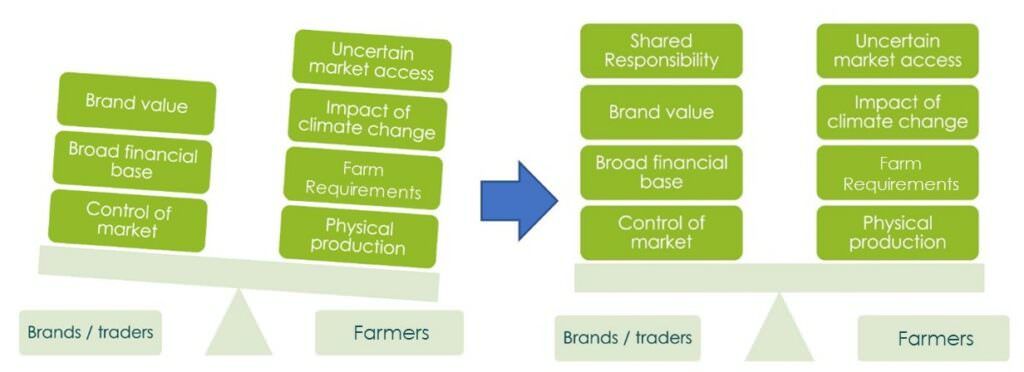
The challenges faced by farmers informed our shared responsibility approach, in which:
- Farmers’ sustainability efforts are rewarded.
- Costs of investments in more sustainable farms and production are shared between farmers and companies.
Therefore, the Rainforest Alliance is using the Rainforest Alliance Certification Program to drive more economic transparency and steer more resources to farmers.
Sustainability Differential and Sustainability Investments
Our Sustainable Agriculture Standard outlines two mandatory financial requirements for the buyers of Rainforest Alliance Certified commodities:
- A Sustainability Differential (SD), an additional monetary payment to individual certified farmers, on top of the market price of the commodity. This is intended to reward farmers for implementing more sustainable agricultural practices.
- Sustainability Investments (SI), a mandatory cash or in-kind investments from buyers of Rainforest Alliance Certified products to farm certificate holders to support the implementation of sustainable farming practices and reach and maintain compliance with the Sustainable Agriculture Standard.
In addition, all actors along the certified supply chain—not just farmers—need to demonstrate their commitment to sustainable business practices. Certified companies must refer and commit to the human rights and environmental due diligence guidelines of international organizations including the OECD and the UN Guiding Principles on Business and Human Rights.
Benefits of SD and SI for companies, farmers, and consumers
By supporting farmers in the implementation of robust investment plans, companies sourcing certified ingredients will gain a better understanding of sustainability gaps and needs on the farm level. This then provides the opportunity for market partners to make investments toward those needs. In turn, they will be able to build an active partnership with farmers that leads to a more resilient and sustainable supply chain. Finally, this data will vastly improve companies’ ability to report to their stakeholders on their sustainability investments over time, as well as their improvements in performance.
For farmers: By incorporating SD/SI requirements into the Certification Program, we aim to provide farmers with the necessary resources to implement sustainable agriculture. The process of creating an investment plan also provides them with a more detailed understanding of investments associated with the Rainforest Alliance standard; information that’s useful for planning future investments.
For consumers: Once we start capturing the data on sustainability gaps and investments made, we can show consumers how their favorite brands are supporting sustainable development and how working with us helps companies address global development and conservation priorities at scale.

Resources on SD/SI
- Understanding the Sustainability Differential for Cocoa and SD/SI Cocoa Sector Guidance
- Shared Responsibility: What It Means for the Coffee Sector and SD/SI Coffee Sector Guidance
- Shared Responsibility: This Is What It Means for the Banana and Other Fresh Fruit Sectors and SD/SI Banana and Other Fresh Fruits Sector Guidance
- Shared Responsibility: What It Means for the Tea Sector
- Sustainability Differential and Sustainability Investments: Hazelnut Sector Guidance
